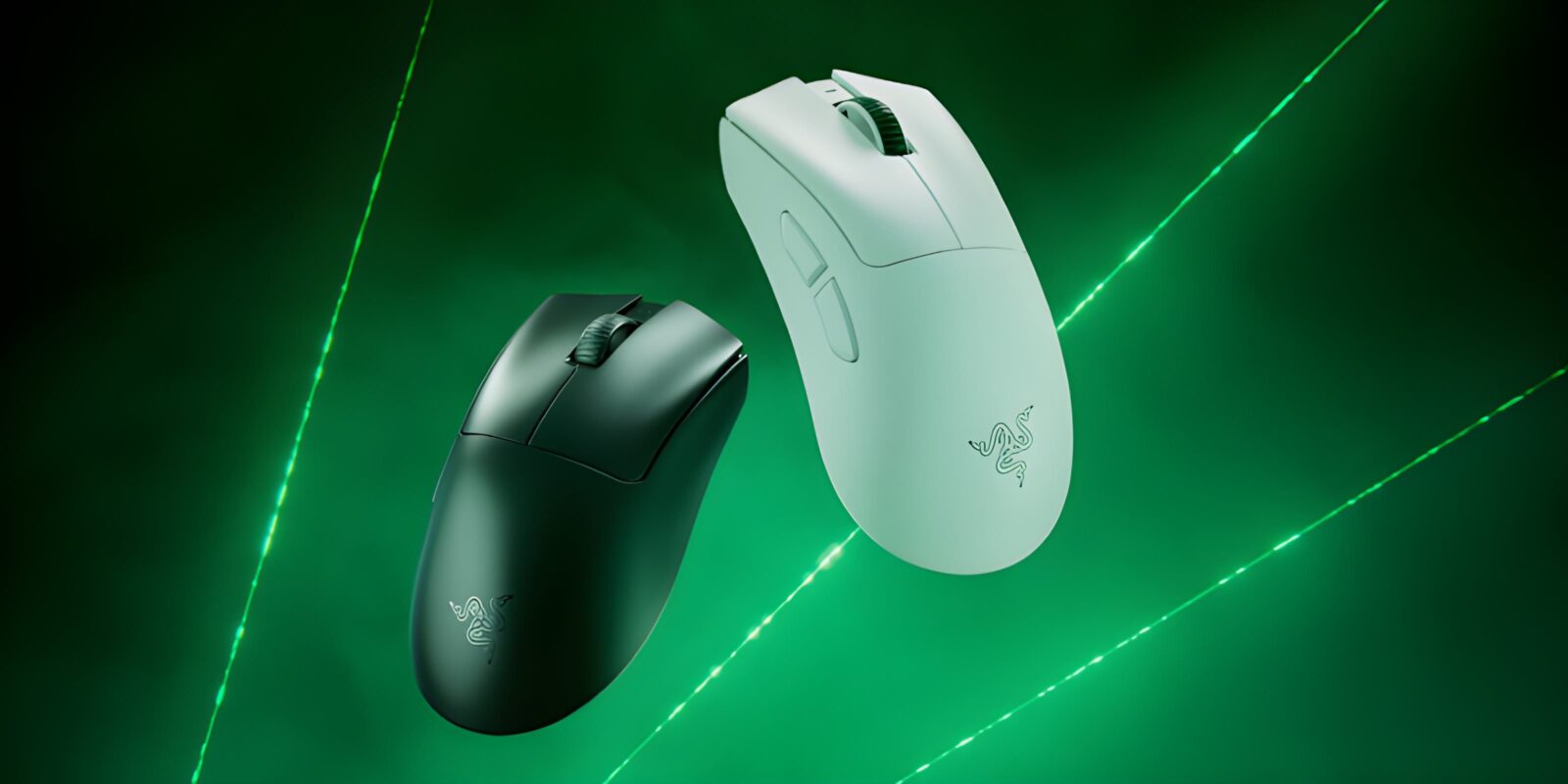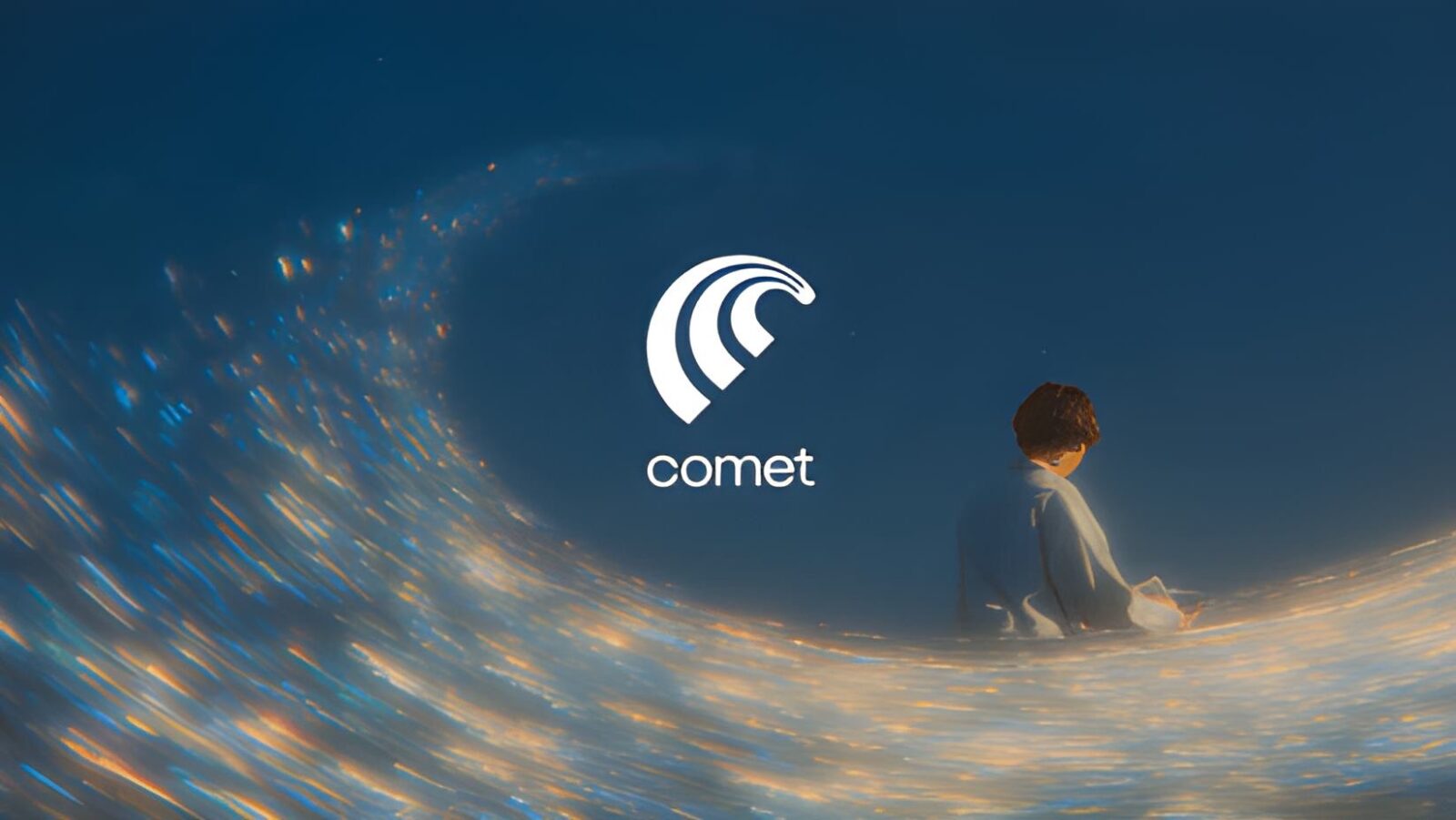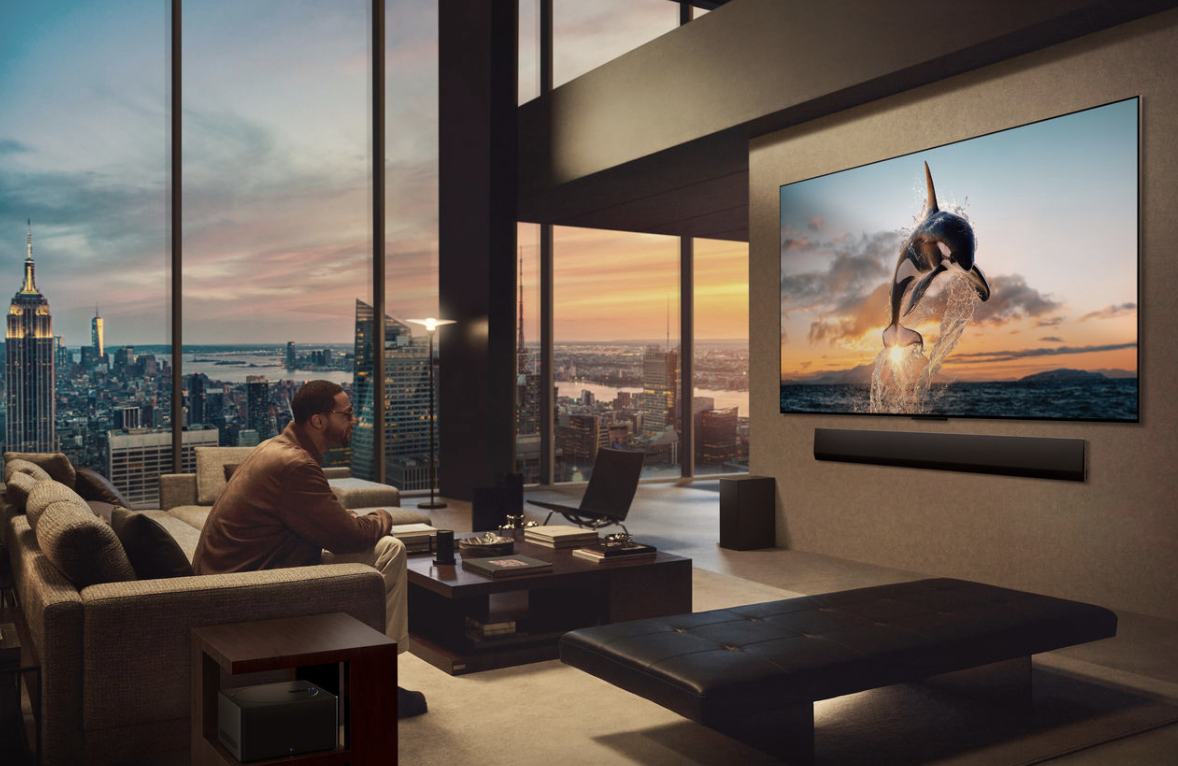Microsoft continues to enhance its Edge browser, delivering a significant performance boost through ongoing improvements in its WebUI 2.0 migration project. According to a newly published company blog post, these efforts have resulted in notably faster load times, marking a milestone in Edge’s quest to provide a more responsive browsing experience.
The latest updates have reduced first contentful paint (FCP) load times to under 300 milliseconds. FCP is a critical web performance metric that measures how quickly visible UI elements appear on the screen. Microsoft emphasised that keeping FCP below 300ms ensures that content appears almost instantly, aligning Edge with modern web performance standards and improving user satisfaction. Longer waiting times above 300-400ms are known to diminish the user experience, making these reductions particularly impactful.
Since its last performance update in February 2025, Microsoft reports a 40% average reduction in loading times across 13 major browser features. These include essential functions such as Settings, Read Aloud, Split Screen, and Workspaces, reflecting wide-ranging improvements in daily usability.
Microsoft also released a short video showcasing the enhanced speed of the Settings interface under WebUI 2.0, demonstrating the real-world benefits of these backend optimisations.
What is WebUI 2.0?
WebUI 2.0 is an upgraded architecture within Edge designed to streamline UI performance, reduce latency, and modernise the browser’s internal systems. The migration is ongoing, with upcoming updates set to extend these performance benefits to other areas of Edge, including Print Preview, Extensions, and additional frequently used features.
These changes arrive alongside Microsoft’s broader efforts to streamline Edge. In recent months, the company has reduced bloat within the browser, removing redundant features and trimming unnecessary resource use. Combined with the current performance upgrades, Edge is positioning itself as a faster, cleaner, and more competitive option in the crowded browser market.
This focus on tangible improvements contrasts with user criticisms over Edge’s past emphasis on built-in ads, pop-ups, and prompts aimed at discouraging users from switching to rival browsers like Chrome. The latest updates indicate a shift towards prioritising user experience and core performance enhancements rather than intrusive marketing tactics.
As Microsoft continues its WebUI 2.0 migration over the coming months, Edge users can expect further improvements, making the browser a viable and efficient choice for both productivity and casual browsing.





